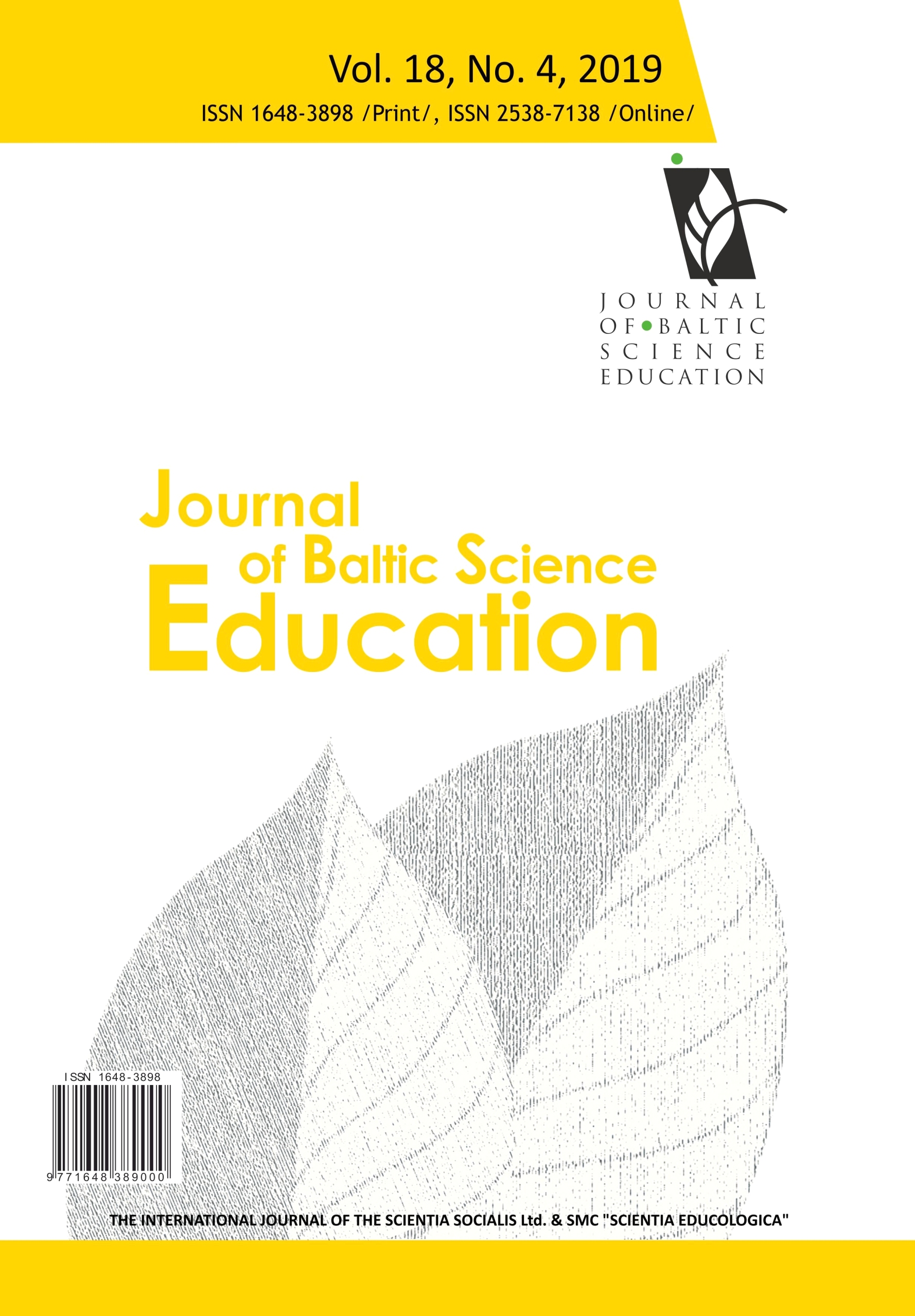EXAMINING SECONDARY SCHOOL STUDENTS’ MISCONCEPTIONS ABOUT THE HUMAN BODY: CORRELATIONS BETWEEN THE METHODS OF DRAWING AND OPEN-ENDED QUESTIONS
EXAMINING SECONDARY SCHOOL STUDENTS’ MISCONCEPTIONS ABOUT THE HUMAN BODY: CORRELATIONS BETWEEN THE METHODS OF DRAWING AND OPEN-ENDED QUESTIONS
Author(s): Jana Fančovičová, Pavol ProkopSubject(s): Education, School education
Published by: Scientia Socialis, UAB
Keywords: circulatory system; human heart; human body; students’ ideas;
Summary/Abstract: Students of various age groups manifest numerous explanations that differ from what is known to be scientifically correct. Misconceptions about the human body are one of the best studied areas of students’ understanding of scientific phenomena. To explore misconceptions, researchers have at their disposal various methods which can lead to different results. In order to find an effective, cheap and representative diagnostic instrument, correlations between scores obtained by open-ended questions and drawings on the example of the human circulatory system were examined. Open-ended questions provide a more complete understanding of student learning but are harder to evaluate objectively in comparison with drawings, particularly in cross-cultural research. Correlations among scores obtained by these two methods in the present research were moderate, which suggests that drawings reflect students’ understanding of the circulatory system, albeit not perfectly. Although drawings probably never provide a complete understanding of children’s ideas about science, this cheap and time effective method is recommended particularly in cross-cultural research, where standard, comparable conditions are hard to achieve.
Journal: Journal of Baltic Science Education
- Issue Year: 18/2019
- Issue No: 4
- Page Range: 549-557
- Page Count: 9
- Language: English

